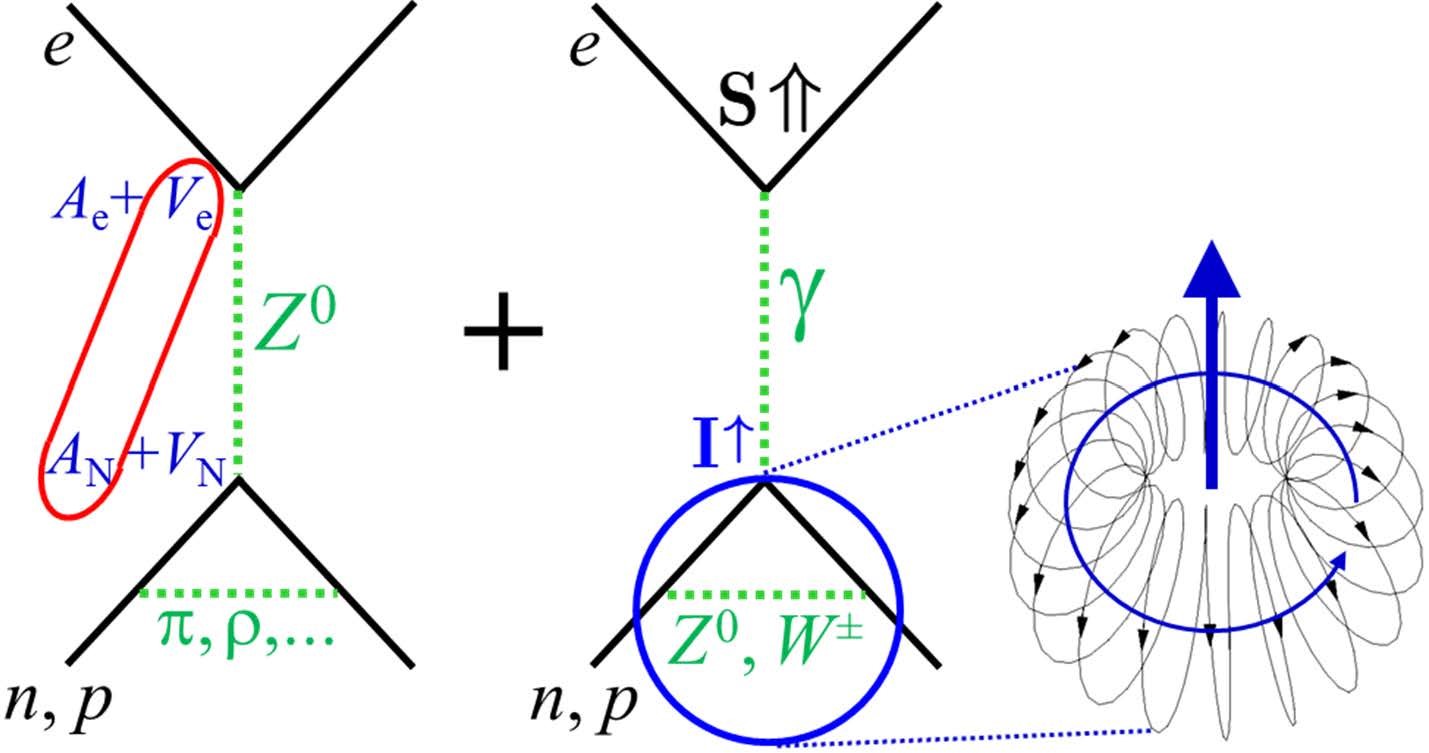Center for Fundamental Physics (CFP)
With Tabletop Experiments
David DeMille at the University of Chicago
Probing New Physics via Nuclear Spin-Dependent Parity Violation

The goal of this work was to measure nuclear spin-dependent parity violating (NSD-PV) interactions between nuclei and the electrons bound to them in molecules. NSD-PV effects are suppressed in the Standard Model, and so have proven difficult to measure until now. We employ a novel technique using polar molecules to amplify NSD-PVs effect sufficiently to make them measurable, and hence to determine certain coupling constants of the electroweak interaction that have till now been inaccessible to experiments.
Measuring NSD-PV would shed light on several “big questions”. First, it would provide novel information on the interplay between two of the fundamental forces of nature: the electroweak force and the nuclear strong force. Second, it could reveal the existence of certain types of new force-carrying particles such as a leptophobic Z’ boson. Third, an oscillating NSD-PV effect would be evidence of a certain type of cosmological background field that could be responsible for the dark matter.
- Faculty: David DeMille
- Faculty: Sidney Cahn
- Postdoc: Maximilian Beyer
- Postdoc: Mangesh Bhattarai
- Graduate Student: Tanvi Deshmukh
Our progress was much slower than anticipated due to several unforeseen circumstances—not only the COVID pandemic, but also the unusually early departure of a postdoc (Max Beyer) to take a faculty position, the difficulty recruiting a new postdoc under the conditions of COVID, a major flood that destroyed nearly all our lasers and optics, and finally the move of the lab from one institution to another that involved long delays in completing lab renovations. The primary progress made was to install a new cryogenic molecular beam source. This provides enough flux of 137BaF molecules, with low enough velocity, to yield the statistical sensitivity required to make a measurement of NSD-PV.
Our experiment is now located at Argonne National Laboratory, where it can reasonably attract funding from the DOE division of Nuclear Physics. We have reconstructed much of the experiment there, and expect it to be operational with the new beam source within a year. We anticipate a measurement of NSD-PV in 137BaF in the following year, and then a succession of several measurements in different species, roughly one each year, for the next few years after that. We also have begun to collaborate on a new project that will use the same basic measurement protocol, but use single trapped molecular ions in a Penning trap. This promises to enable NSD-PV measurements in systems that can be very reliably interpreted via nuclear theory.
No publications yet.
We expect a short paper on new spectroscopic measurements in 137BaF (including precision level-crossing spectroscopy of the ground state and hyperfine spectroscopy of an excited electronic state) within the next year. In the year after that, we expect a publication describing our first NSD-PV measurement.
© 2018 - Last Updated: 01/31/2023 - Disclaimer
